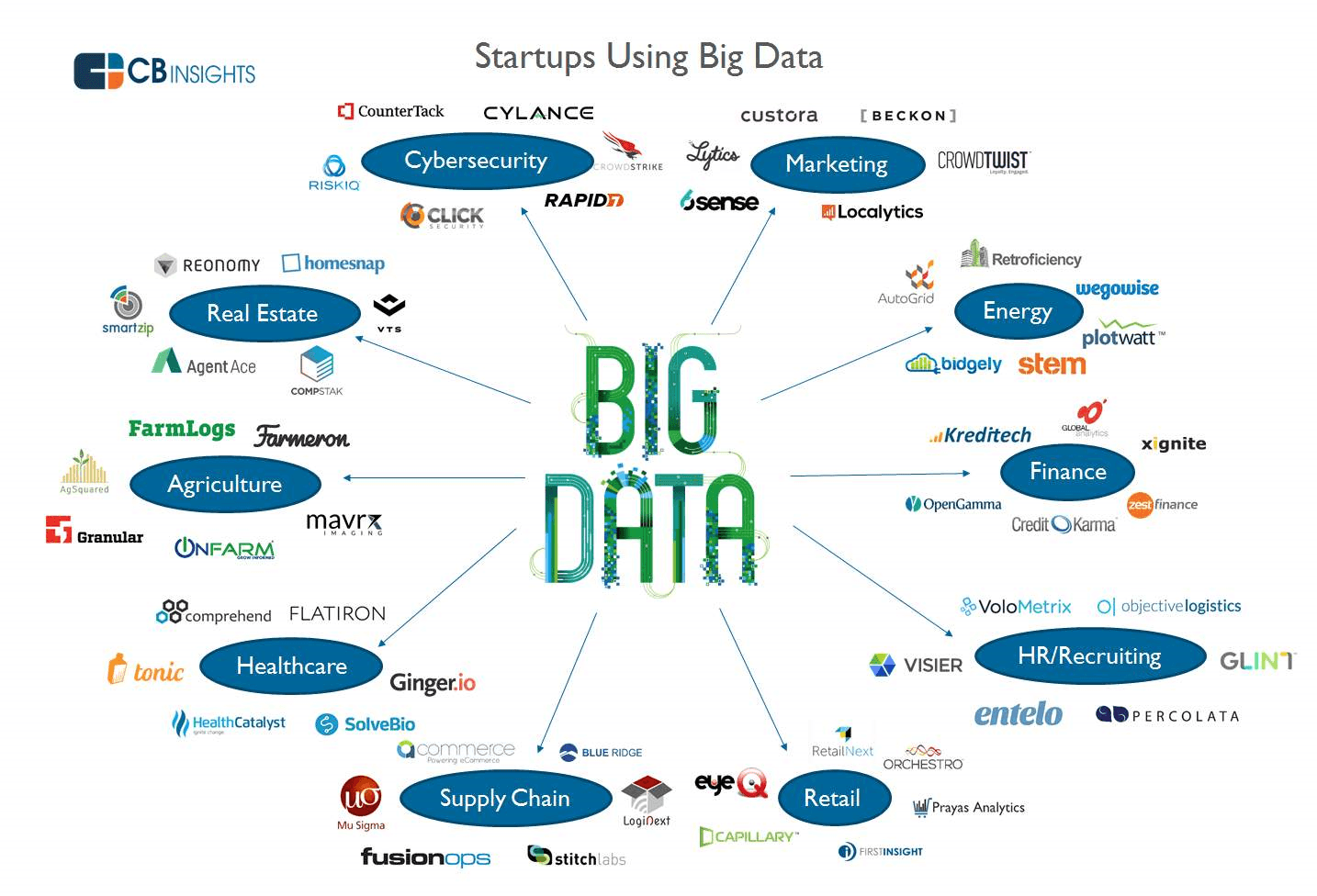
Data Mining for Data Scientists
Data Mining Method
In the process, data mining has planning and methodologies that harmonize implementation ideas from beginning to end. This method can be summarized in two main methods of data mining which are as follows:
1. Data retrieval
This data collection process is carried out in stages through raw data which is then selected and processed into information or a common thread of data. The stages of the process include several things such as:
- Data cleansing, in the early stages of data mining, raw data is cleaned of errors or incompleteness and data inconsistencies.
- Data integration, this stage is carried out by integrating data that has been cleaned and combined if data similarities occur.
- Selection, this stage is carried out before data mining to select and select data that has been cleaned to look for its relevance to the analysis process or general database.
- Data transformation, this stage is carried out by placing the relevant data into a data mining procedure with a data aggression process
- Data mining, the main stage in the data retrieval process is data mining, which is where identification is carried out with measurements or general terms that have been agreed to take certain patterns.
- Knowledge presentation, this final stage is done visually to make it easier for users to understand the results of data mining.
2. Techniques in the data mining process
The data mining process includes the use of enhanced data analysis tools to find patterns and relationships between data. These patterns and relationships are generally not known beforehand because they are in very large data sets. These tools can later incorporate statistical models, machine learning techniques, and mathematical algorithms. These things then make data mining a merging process between analysis and prediction.
To understand the process of analysis and prediction earlier, data mining can be done with several techniques in stages consisting of the following techniques:
- Classification, this technique is used to obtain important and relevant information about data and metadata. This data mining technique helps users to classify data into several different classes.
- Clustering, this data mining technique is a process of sharing information into groups of connected objects. Clustering technique is done to identify similar data and recognize differences or similarities between data. From a practical point of view, clustering plays a role in finding hidden patterns and exploring data.
- Regression, regression analysis technique is a data mining technique used to identify and analyze relationships between variables due to the influence of other factors. This technique is used to determine the probability of certain variables both in planning and modeling or projections.
- Association rules, this data mining technique is run to help and find the relationship between two or more items. Association rules can also find hidden patterns in data sets. The three main measurement techniques in this data mining technique include Lift, Support, and Confidence.
- Outer detection, this type of data mining technique is concerned with observing data items in a data set that do not conform to certain patterns or behaviors. This technique can be used in various domains such as intrusion, detection, and fraud detection.
- Sequential patterns, this data mining technique is a technique with sequential patterns to evaluate data and find sequential patterns of each interesting subsequence in a set of data sequences. This subsequence data retrieval is carried out on the basis of several criteria such as length, frequency of occurrence, and so on.
- Prediction, prediction is a combination technique of several other data mining techniques. Prediction is generally used to analyze past events or events in a certain order to predict future events.
The Application of Data Mining
The use of data mining itself is quite extensive. Usually data mining techniques are used to build machine learning models that can support modern artificial intelligence applications such as search engine algorithms or recommendation systems. In addition, data mining is often used in various industries and disciplines such as:
1. Market analysis and customer management
The most common application of data mining is in the marketing sector. This application includes several things which include:
- Customer needs analysis
- Customer needs analysis
- Customer profiling
- Marketing target
This applied data mining process can be done by identifying the right product for certain customer groups and predicting certain factors that will attract new customers. Likewise, data mining can support the relationship between products and market associations for certain products.
2. Enterprise analysis and risk management
Data mining can also be applied in the company's analytical process to predict customer retention to quality control. Not only that, data mining can also be applied to decision making for risk management and company competitive analysis. This implementation is carried out by monitoring competitors and how market conditions are to manage target customers or certain pricing strategies.
For example, data mining can be used in the process of financial planning and evaluating company assets through analysis and prediction of cash flows, financial ratios, and analyzing trends. Data mining can also be used to summarize and compare resources used and expenses. This allows companies to plan resource adjustments.
3. Fraud detection
Data mining can also be used to detect fraud in a particular system. The use of data mining can strengthen the process of filtering incoming transaction data with the various technical approaches described above. The application of this type of data mining is commonly used in insurance companies, telecommunications, to the retail industry.
Some of the applications of data mining that are also commonly known are as follows:
- Communications, data mining is used by multimedia and telecommunications companies to understand the volume of customer data. Predict their behavior and offer targeted or relevant campaigns.
- Insurance, another application of data mining is in the insurance industry. Insurance companies generally use data mining techniques to detect fraud, identify risk factors in filing claims, analyze customers, to find ways to offer competitive products to their existing customer base.
- Manufacturing, data mining is used such as to adjust supply plans and demand forecasts, quality assurance, predict production assets and anticipate maintenance.
- Retail, data mining is used to help companies optimize marketing campaigns, improve customer relationships and forecast sales.
- Education, data mining assists educators in accessing student data, predicts achievement levels and provides insight into which students or groups of students need extra attention.
- Banking, data mining helps financial services companies to get a better view of market risk, detect fraud and manage regulatory compliance and also to get optimal return from marketing investment.
Well, now you understand why data mining is important for a Data Scientist. Begin to deepen your knowledge and abilities in this field. Moreover, by deepening your skills in this field, you will also indirectly learn a lot about algorithms, computing architectures, data scalability, and automation to handle large datasets.



